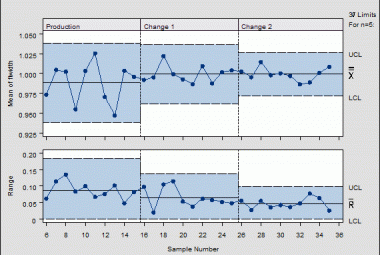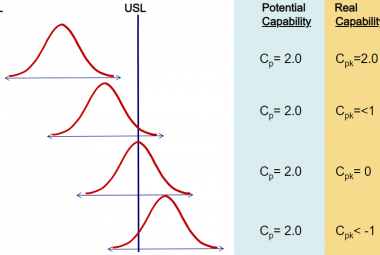In this series or articles I describe the tools and aspects of cultural change managment should use when facilitating a cultural change. Motivated by the concept of the change journey map, I took the liberty to use the same concept to built my own model for cultural change: the Fortress of Change. Since I am working in the field of Lean Management I will design my model with a focus on building a Lean culture. This model is purely based on my personal experience as change agent and the many books I’ve read on the subject while experimenting with the ideas at the organization I work.
BACKGROUND
Unfortunately, one theoretical model that will create a successful organizational change in all situations by simply applying a sequence of steps doesn’t exist. This is because every organization is different, with their own structure and systems (hard side) and different cultural values and beliefs (Soft side). In my personal search for theory and models to facilitate a cultural change in my profession, I found one model which encouraged me to combine all the things I had learned in the past few years into one model: the change journey map, designed by Purokuru and Nauheimer (2010). Cultural change is like a journey which you can draw on a map after you have lived it. Located on the map are different places which employees can visit on their change journey. There is no sequence of visits when it comes to the places on the map and every place can be visited as often as necessary. The change journey map offers a structure to think about, instead of a fixed number-of-step-program. The model is quite complex, designed with 23 places to visit on it.
WHY A FORTRESS?
A fortress suggests a certain sense of urgency. Most organizations position themselves in a market where competition is present, which leads to importance for organizations to stay ahead of its competitors. The fortress is the symbol for the fight worthiness of the organization, to defend the market share you possess and if possible expand it. When the organization does not optimize its processes and improve its products, the competitors will increase their market share, and the organization will be doomed to decline. In traditional change management, employees need a certain sense of urgency to change (Kotter, 1995). The fortress symbolizes this urgency.
The fortress contains six buildings which represent all functions performed in it, represented by both the management and its inhabitants. Every building symbolizes a collection of functions which I believe are necessary to manage – if possible at all - cultural change. The six buildings are: the Gate of Purpose (1), the Postoffice (2), the market of Methods (3), the University of Improvement Skills (4), the Townhall of Democracy (5) and the Monastery of Reflection and Focused Growth (6).

THE BUILDINGS
In this series, each building will be described into more detail:
The gate of Purpose includes the principles of Hoshin Kanri, translating company vision into measurable goals for each department.
The Postoffice includes the tool to manage cummunication within a organization for KPI follow-up and control: the Communication cells.
The Market of Methods describes the need for an organization to develop their own Lean roadmap. The Lean House for the Shop floor isthe foundation of this building.
The University of Improvement Skills focusses on the importance of investing in a company’s most important assets: its people. This can be done by training, kaizen events and personal coaching.
The Townhall of Democracy describes the dillema of setting boundries for employees without limiting their creativity.
The Monastery of Reflection and Focused Growth includes probably the most important aspect of improvement: reflection. The easiest way to find the best way for improvement is having a goal and taking time to evaluate past actions and performance.
This is article 1 in the series ‘The Fortress of Change‘
Continue to:
The Gate of Purpose - Hoshin Kanri
REFERENCES:
Kotter, J.P., 1996, Leading Change, USA: Harvard Business School Press.
Purokuru, V. & Nauheimer, H., 2010, The Change journey Map website: http://www.changejourney.org












